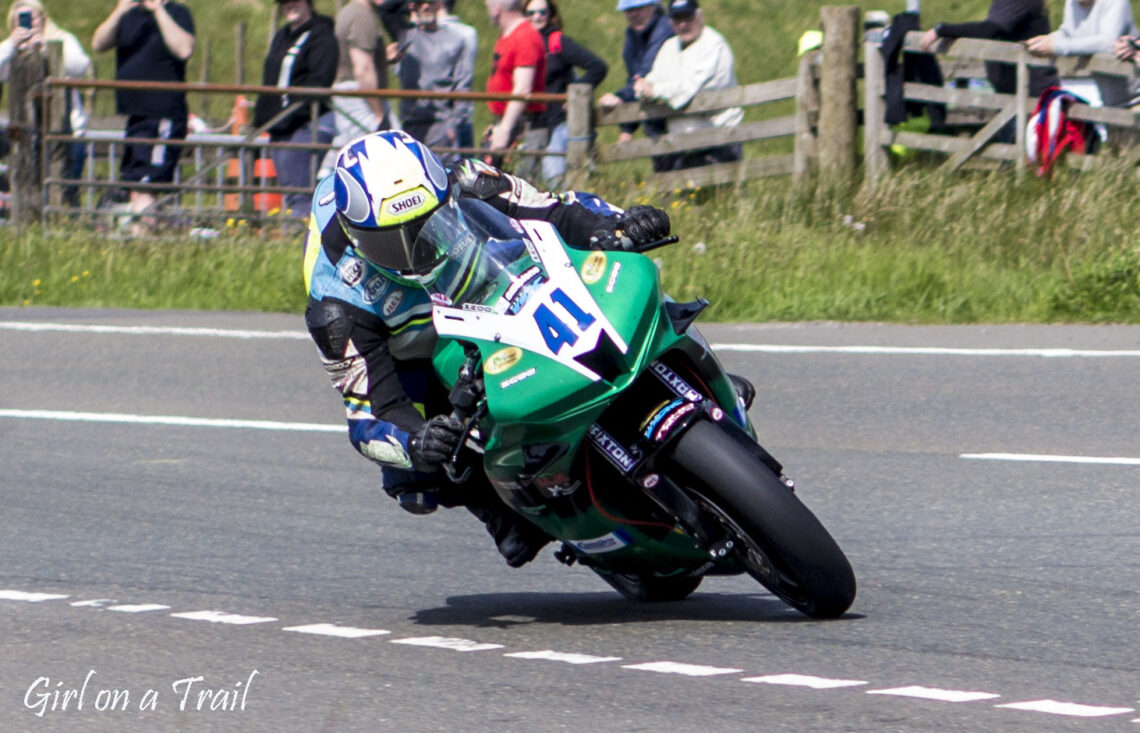
Isle of Man TT – the world’s most dangerous race
It’s hard to believe that on the tranquil Isle of Man, at the end of May each year, Isle of Man TT (Tourist Trophy) – the world’s most dangerous motorcycle race takes place. The air is filled with the scent of gasoline, and the roar of engines fills your ears.


Racers certainly don’t come here for the prizes. The winner takes home only $30,000, which is not a large sum compared to other famous races. It’s the adrenaline, the search for extreme experiences, the challenge of testing their limits, and above all, the desire to make history in racing that draws competitors to the Isle of Man in droves.

The Isle of Man TT has been organized since 1907, making it the oldest event of its kind. Then the island’s parliament passed a law allowing public roads to be closed during the event. Every year, for two weeks in late May and early June, the island becomes a mecca for risk-takers and motorcycle enthusiasts.


The first week is dedicated to qualifying sessions, where riders fight for the best starting positions. The second week hosts races in six categories:
– Supersport TT and Senior TT: Four-cylinder motorcycles with a capacity of 600cc and three-cylinder with a capacity of 675cc, generating up to 130hp.
– Superbike TT: The most powerful machines with 1000cc engines producing over 200hp.
– Superstock TT: 1000cc motorcycles that according to race regulations must meet technical requirements as for production bikes.
– Supertwin TT: Less powerful machines with 700cc twin-cylinder engines producing up to 90hp.
– Sidecar TT: A unique category involving motorcycles with sidecars.
– Senior TT: Class for four- and three-cylinder motorcycles with capacities in line with Supersport TT, generating up to 130hp.
The length of the race depends on the class. Riders in the Supersport and Senior TT categories complete 6 laps, in Superbike 4, and in the other categories 3.

The average speed is staggering. Riders race through the island’s narrow, winding roads at speeds exceeding 200 km/h. The record holder is Bruce Anstey, who reached a speed of 332 km/h in 2006!

The Dunlop family has dominated the race. Joey Dunlop won it 26 times but tragically died in a race in Estonia in 2000. His brother Robert and son William also lost their lives in TT races. Currently, Michael Dunlop continues the family tradition, having stood on the podium 29 times.

Since the event began, over 250 riders and about 15 spectators have died in the races. This high level of risk generates much controversy around the TT.
Several factors make the TT so dangerous. Primarily, the TT is not a race for professional motorcyclists; it mainly involves amateurs. Because it takes place on normal roads, there are no protective barriers. The average lap speed is about 135 mph, and the 37.7-mile course is very demanding, running through built-up areas and mountains. Even a minor mistake on one of the approximately 220 bends can end in tragedy. The island’s variable weather conditions can make the race even more dangerous.

Is the risk worth it? Everyone must answer that for themselves. However, there’s no doubt that the Isle of Man TT is a unique event, shrouded in legend and dark history. It’s a mecca for thrill-seekers who wish to test their limits.


How to Organize a Budget Trip to the TT Race:
Planning a trip to the island during TT should start well in advance. The Steam Packet Company operates a ferry to the Isle of Man from Belfast: Steam Packet Company. I chose a 5 am ferry and I got to Douglas at 8 am. Given that accommodation on the island during TT is very expensive, returning the same day was the only option. Unfortunately, return tickets to Belfast were sold out. However, there is a solution – the ferry to Liverpool. It departs the next day at 2 am and gets to Liverpool around 5 am. The round trip cost €140. To get to Belfast, I used EasyJet, which cost about €40 with a 15kg checked bag. However, planning in advance allows for considering a direct return home straight from Liverpool.





